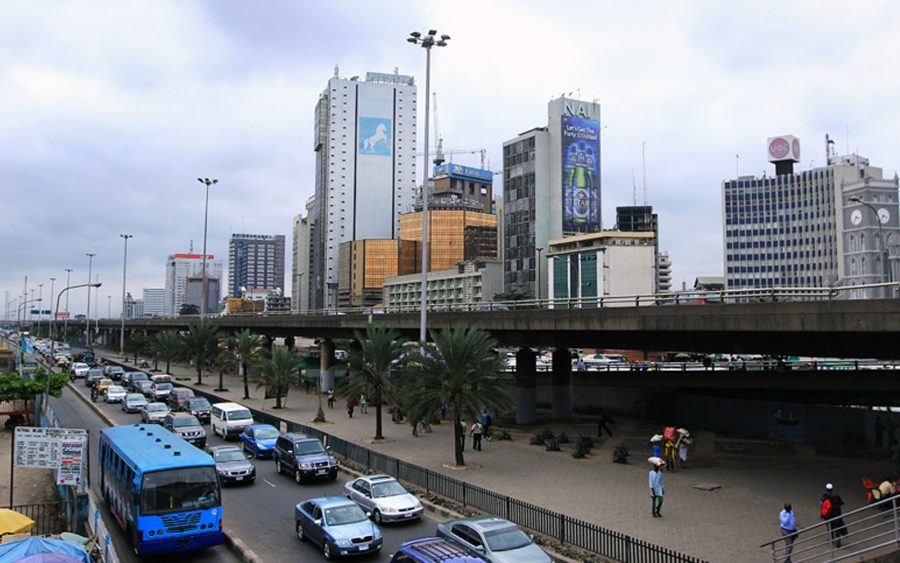

The Non-Performing Loans (NPL) ratio of commercial banks in Nigeria jumped to 6.3% for the month of February 2020, according to data from the Central Bank of Nigeria.
The NPL ratio measures the rate of bank loans that are either going bad because they are not being serviced adequately or have gone bad completely.
“The MPC noted the performance of the Financial Soundness Indicators (FSIs) of the DMBs which showed a Capital Adequacy Ratio (CAR) of 15.2 percent, Non-Performing Loans (NPL) ratio of 6.3 percent and Liquidity Ratio (LR) of 40.5 percent, as at February 2020. On non-performing loans (NPLs), the MPC noted that the ratio remained above the prudential benchmark of 5.0 percent and urged the Bank to sustain its regulatory measures to bring it below the prudential benchmark.”
The central bank regulatory acceptable NPL ratio is 5%, however, this ratio has been breached since the fall in oil prices began in the 4th quarter of 2019 and the Covid-19 pandemic broke in 2020.
In the CBN’s 2020 4th quarter economic report, the NPL ratio for the month of December stood at 6.1% up from 6.06% in December 2019. Despite the rise in NPL, the apex bank still believes Nigerian banks are healthy.
“The health of banks was generally sound, although the quality of their assets, measured by the ratio of Non-Performing Loans (NPLs) to industry total outstanding loans, stood at 6.1 percent at end-December 2020, compared with 6.06 percent at end-December 2019 and above the 5.0 percent prudential requirement.”
The NPL ratio is one of the most important benchmarks for measuring the health of the banking sector. At above 6%, it indicates most commercial banks are carrying more underperforming loans than expected mostly because the private sector is not servicing the loans.
- Nairametrics believes some of the loans may be worse than reported going by past reports where what is reported by some banks appear understated when compared to what is real. Most of the major oil majors are reportedly falling behind on servicing loans due to the Covid-19 pandemic and fall in oil prices.
- The CBN has also given banks a lifeline, allowing them to defer loan repayments that have fallen due by either restructuring the loans or refinancing them. This helps banks avoid the need to make provisions for the loans which would have inadvertently increased their NPL ratio.
Meanwhile, the Capital Adequacy Ratio which measures the balance sheet strength of banks improved from 15.1% in December 2020 to 15.2% in February 2021. It is still lower than the 15.4% reported in September 2020.




